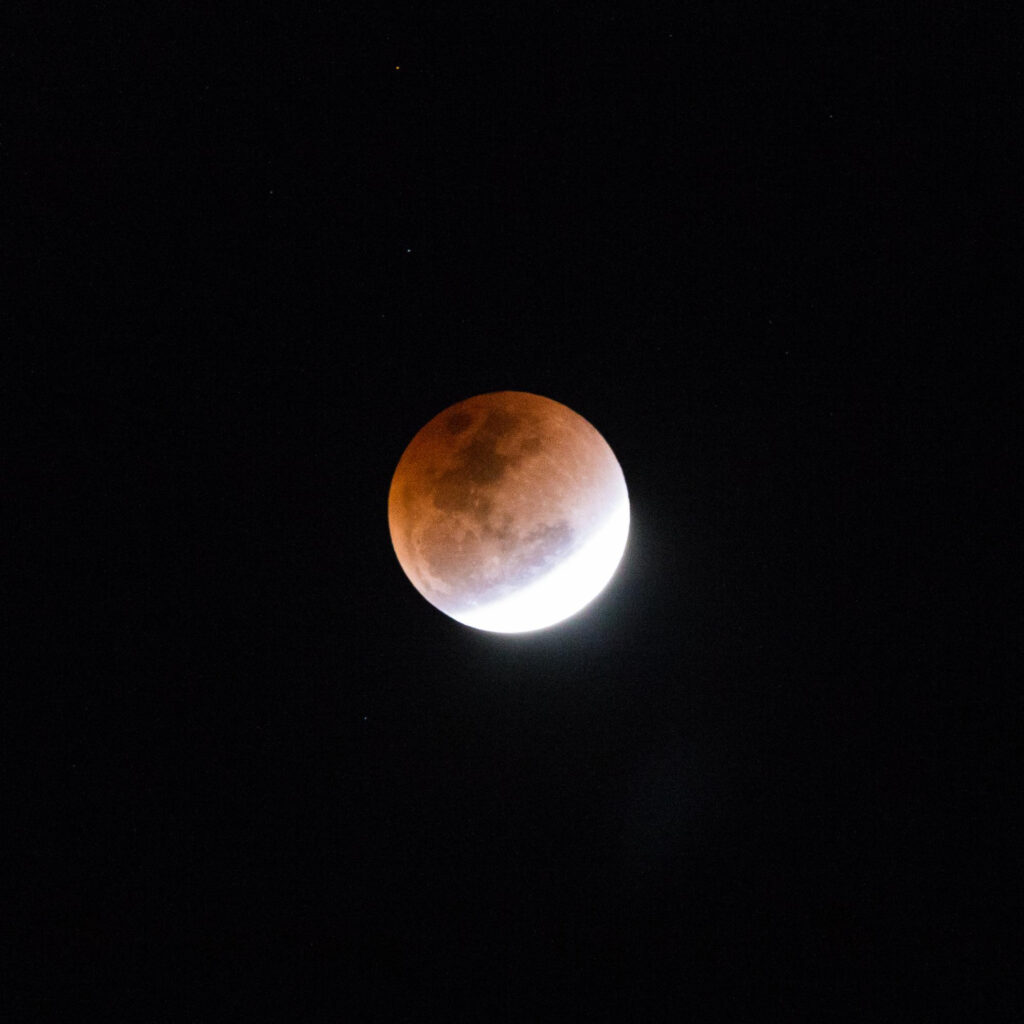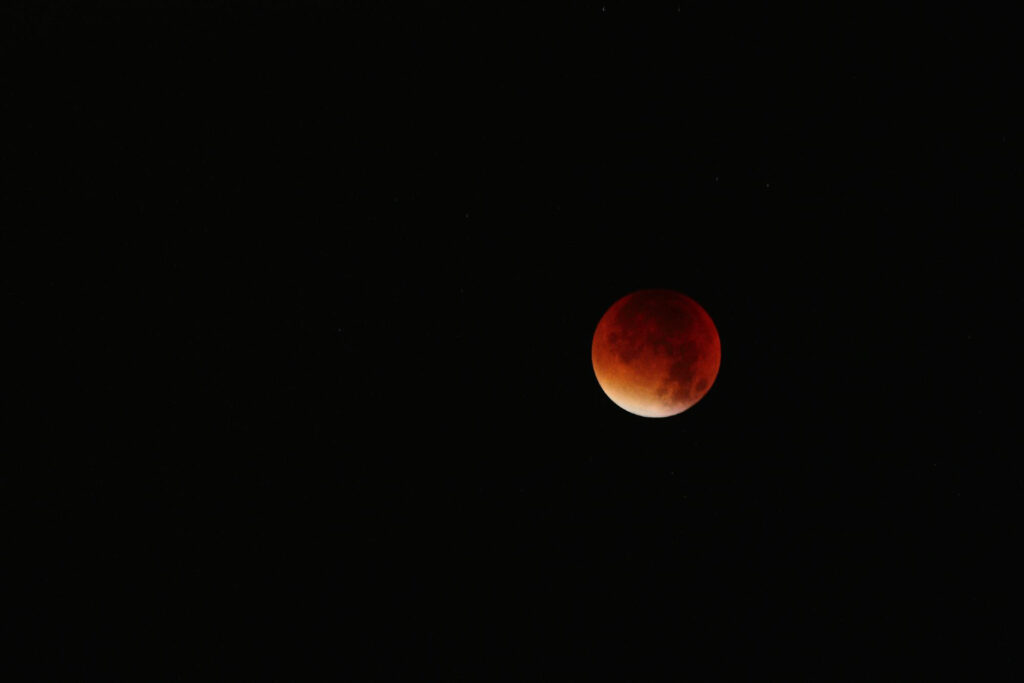Introduction
The night sky on September 7, 2025,
host one of the most spectacular astronomical events of the year — a total lunar eclipse, often popularly called a “Blood Moon.” During this celestial phenomenon, the Earth will come directly between the Sun and the Moon, casting its shadow and giving the Moon a dramatic reddish hue. For sky-watchers, astrologers, and spiritual seekers alike, this event promises both wonder and significance.
This article explores the timings, visibility, scientific facts, cultural relevance, and astrological aspects of the September 2025 lunar eclipse, offering a complete guide for enthusiasts across the globe.
What Is a Total Lunar Eclipse?
A total lunar eclipse occurs when the Earth’s shadow fully covers the Moon, blocking sunlight from directly reaching it. Unlike a solar eclipse, which requires protective eyewear, a lunar eclipse can be viewed safely with the naked eye.
During totality, the Moon often turns red or copper-colored because sunlight is filtered and refracted by Earth’s atmosphere — a phenomenon known as Rayleigh scattering. This dramatic sight is why total lunar eclipses are sometimes called “Blood Moons.”
Key Timings of the September 7, 2025 Lunar Eclipse

According to astronomical calculations, here are the key phases of the eclipse (in Indian Standard Time – IST):
- Penumbral Eclipse Begins: 4:23 PM (not easily noticeable)
- Partial Eclipse Begins: 5:34 PM
- Total Eclipse Begins: 6:42 PM
- Greatest Eclipse (Peak Blood Moon): 7:23 PM
- Total Eclipse Ends: 8:03 PM
- Partial Eclipse Ends: 9:11 PM
- Penumbral Eclipse Ends: 10:23 PM
🌍 Visibility:
- The eclipse will be visible in India, Asia, Europe, Africa, and parts of Australia.
- In the United States and South America, only partial phases will be visible due to time zone differences.
Where Will the Eclipse Be Visible?
- Best visibility: India, Nepal, Bhutan, Sri Lanka, Bangladesh, Pakistan, and Middle Eastern countries.
- Partial visibility: Eastern parts of Africa and Europe will see most of the eclipse after moonrise.
- Limited visibility: The Americas will catch only the early stages before moonset.
For Indians, this will be a prime-time evening event, making it easy for families, schools, and astronomy clubs to witness.
Scientific Importance of Lunar Eclipses

Lunar eclipses hold great significance for astronomers and scientists because they provide insights into:
- The composition of Earth’s atmosphere, as sunlight bends and filters through it to color the Moon.
- Celestial mechanics, offering opportunities to refine measurements of orbital alignments.
- Public engagement with science, inspiring young learners to take interest in astronomy.
Cultural and Religious Significance
In many cultures, eclipses are seen as powerful cosmic events. In India, lunar eclipses have traditionally been associated with rituals and beliefs:
- Many Hindus observe fasting and avoid cooking or eating during the eclipse.
- Sacred practices such as chanting mantras, meditation, or bathing in holy rivers are performed after the eclipse.
- Temples like Vaishno Devi and Tirupati often adjust darshan timings during eclipses.
In contrast, many modern observers see it as a chance to celebrate science and astronomy, conducting sky-gazing sessions with telescopes.
Astrological Perspectives
Astrologically, the September 2025 lunar eclipse occurs in the Pisces-Virgo axis, which may influence emotions, relationships, and spiritual awakenings. Astrologers suggest that this period may bring:
- Heightened emotions and clarity in personal life.
- A chance to release old habits or grudges.
- New beginnings, especially in spiritual and creative pursuits.
While astrology assigns symbolic meaning, scientists emphasize that eclipses are natural astronomical phenomena with no proven impact on human life.
How to Watch the Lunar Eclipse Safely
Unlike solar eclipses, lunar eclipses are completely safe to watch with the naked eye. Here are tips for the best viewing experience:
- Find an open sky: Head to rooftops, open fields, or parks for an unobstructed view.
- Use binoculars/telescopes: These will enhance the details of the Moon’s changing colors.
- Photography tips:
- Use a tripod for stable shots.
- Experiment with long exposures to capture the Blood Moon’s glow.
- Smartphones with night mode can also capture excellent images.
- Join public events: Many astronomy clubs and observatories will host lunar eclipse viewing parties.
Global Excitement for the September 2025 Eclipse
Astronomy enthusiasts across the globe are eagerly preparing for this celestial spectacle.
- In India, schools and colleges may organize special programs.
- In Europe and Africa, sky-gazing groups are expected to set up public telescopes.
- Online platforms will stream the event for those unable to witness it live.
The September 7 lunar eclipse is expected to draw millions of viewers, making it one of the most widely observed astronomical events of 2025.
Why You Should Not Miss This Event
The September 7, 2025 lunar eclipse is unique because:
- It will be a total eclipse visible during convenient evening hours in India and Asia.
- The Blood Moon effect will make it especially photogenic.
- It offers a chance to connect science, culture, and spirituality in one event.
Conclusion
The Total Lunar Eclipse on September 7, 2025, is more than just an astronomical event — it’s a cosmic spectacle that unites science, culture, and human curiosity. Whether you’re an astronomy enthusiast, a photographer, a spiritual seeker, or simply a curious sky-watcher, this Blood Moon promises to leave you in awe.
So, mark your calendars, prepare your cameras, and step outside to witness one of nature’s grandest celestial shows.

